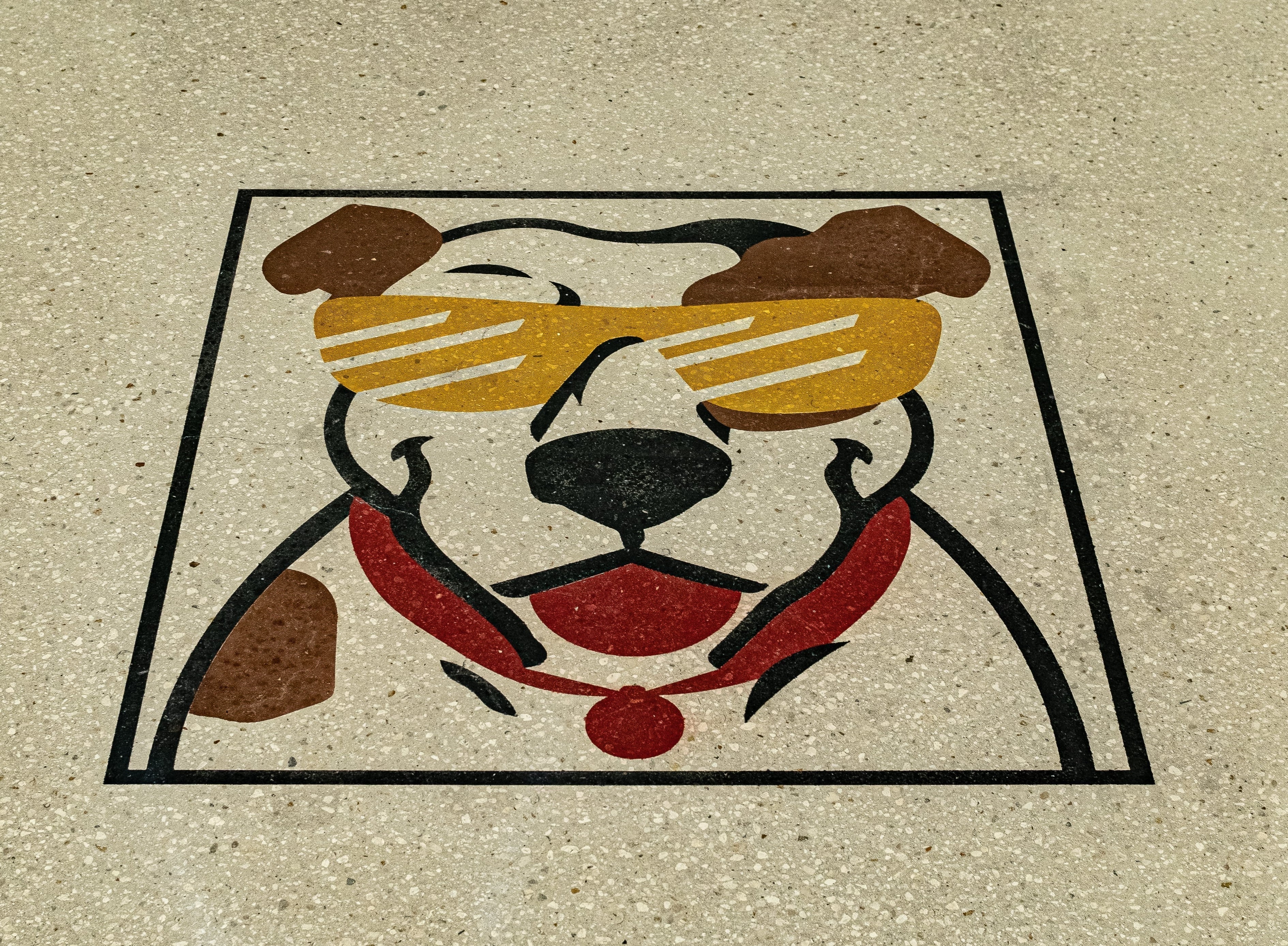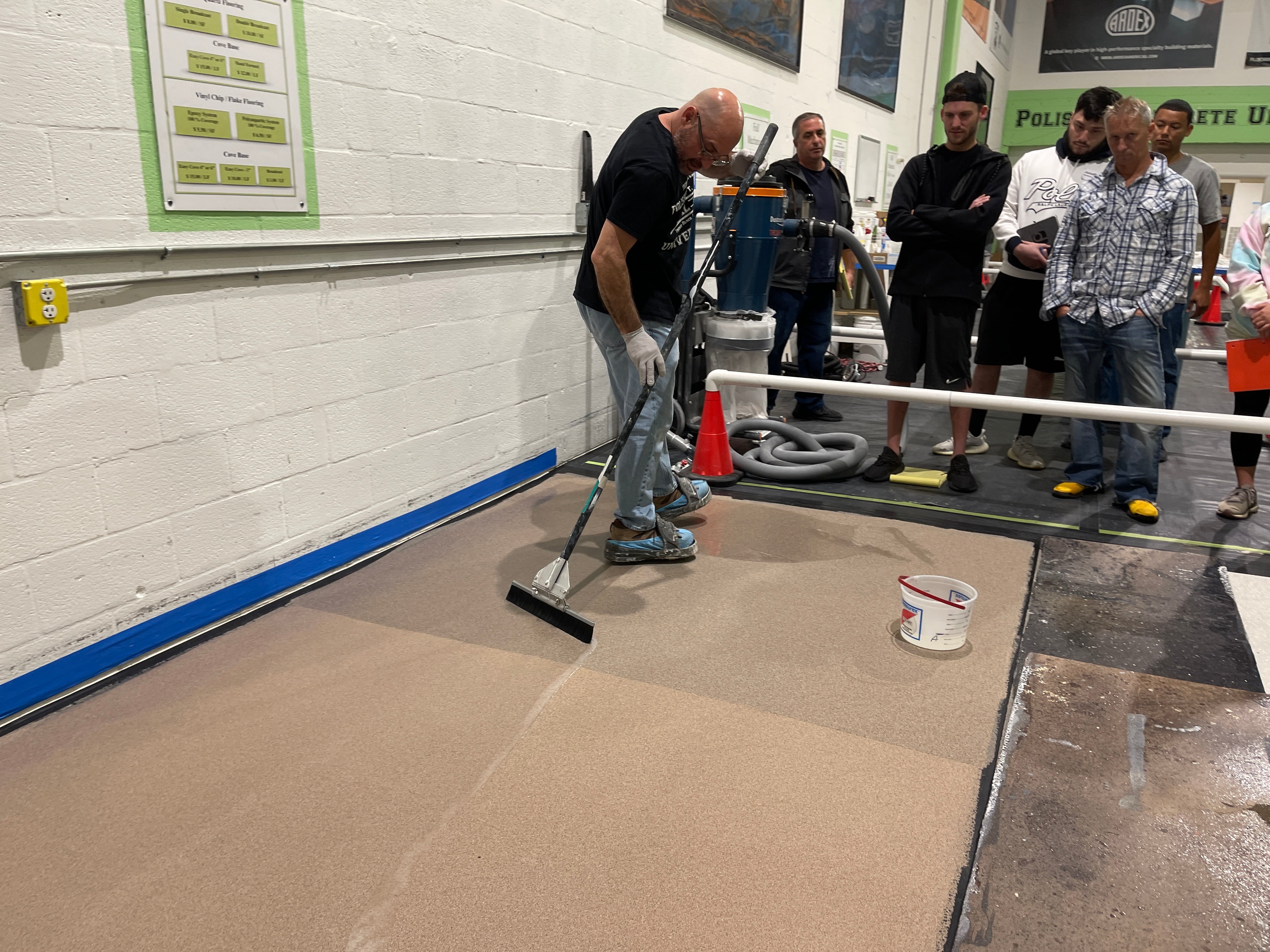
How To Broadcast Flakes Into Epoxy The Right Way (2021)
Of all the techniques that get written about epoxy techniques, proper broadcasting technique is the one that gets overshadowed, yet it is one of the most important.
What Is Broadcasting?
First of all, the term broadcasting refers to the action of spreading the flake/mica chips across the epoxy floor to create a perfect covering. This covering is what gives an epoxy floor its slip resistance and durability.
How Many Flakes Do I Need?
In the most simple terms, we fully believe that for any person, both an experienced contractor or a first time DIYer, that ordering more flakes than necessary is the right move to make. You do not want to be in the middle of broadcasting flakes and run out, leaving you with a half covered floor. This would lead to a mass of wasted material and money.
For a DIYer, a good rule of thumb is to divide the total square footage of the job by 5 to get an accurate weight of flakes needed. If your job is 500 square feet, dividing that by 5 will lead you to purchase 100 pounds of flakes. This will be more than enough to cover your surface without worrying about running dry.
If you are an experienced professional contractor with years of epoxy coating experience, it is recommended that you take your total square footage and divide it by 6 to get the weight in flakes required. So that same 500 square foot job would use 83-84 pounds of flakes instead of 100. This boils down to the experienced technique of professionals and their ability to place the flakes in a more purposeful manner.
How To Broadcast The Flakes
First off, understanding how to apply epoxy is the primary step before getting to the flake installation. Epoxy can be a tricky flooring solution to apply, yet we have an extremely detailed and thorough article which outlines all the tips and techniques that you need to execute this solution perfectly. You can read it here.
Once the epoxy has been applied, it is time to begin broadcasting the flakes into the surface. This is a very simple process, yet incredibly important to do it correctly. Being with a 5 gallon bucket full of the flakes you want, and starting at the back of the project moving towards the front, liberally throw the flakes into the epoxy. You want to release the flakes from a height that matches your personal height, at least. This will give the flakes time to fall and settle into the epoxy more evenly and not as clumpy as you’d get with a lower release point.
Throwing the flakes from at least body height is the best way to get an evenly coated floor without high or low spots. Be sure to throw flakes liberally, making sure to obtain 100% coverage. This is why DIYers should order more flakes than anticipated to allow for a more liberal broadcasting process. It is always better to apply more flakes and scrape them off at the end than to not apply enough and have to redo the process.
Once the entire bucket of flakes has been broadcasted and the surface has cured properly, the floor is essentially complete. Most contractors will recommend that you place a polyurethane topcoat over the flakes to seal them in and prevent unwanted peeling. This is an optional step yet we highly recommend it to anyone, both DIYers and professionals alike.
Conclusion
Creating a flake epoxy floor is one of the best ways to complete a new construction garage or bring new life into an old and outdated building. Whether you are a seasoned professional or a weekend warrior, it is possible to transform any space into a work of art with epoxy.
If you have any questions about application techniques or the products needed to create floors like this, feel free to reach out to any of our epoxy specialists at (954)-799-6359.




